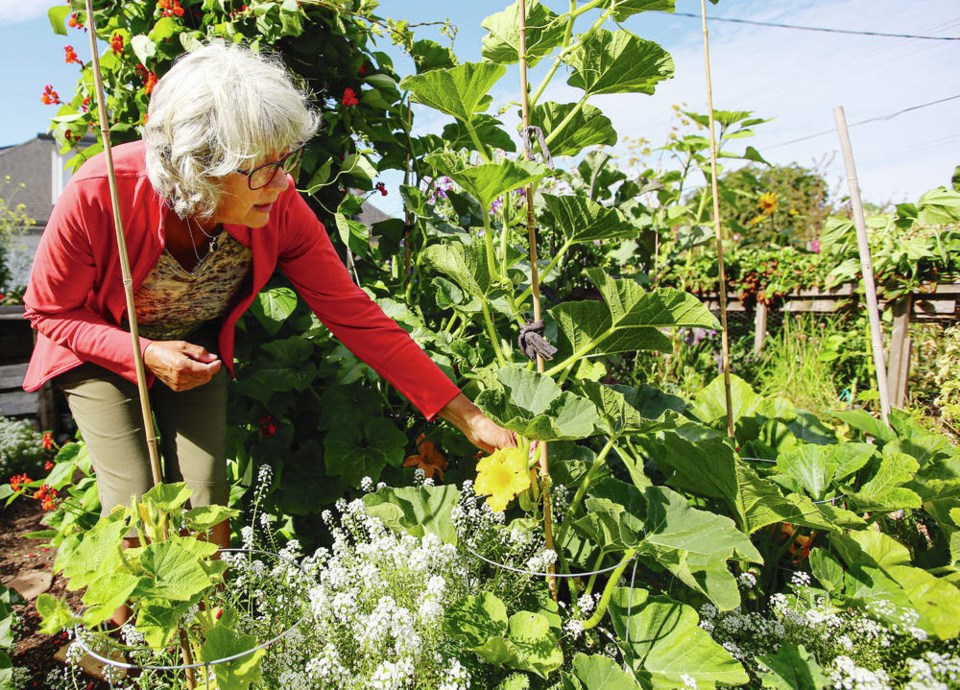With a surge in interest in gardening brought on by the pandemic, Victoria is looking at ways to expand opportunities for residents to grow food and pollinator plants on city land.
The city is seeing demand exceed supply for its new Get Growing, Victoria program this year, which involves park staff growing vegetable seedlings in the city’s nursery in Beacon Hill Park.
The program was created last year to provide seedlings to vulnerable residents who would otherwise be unable to grow their own food.
The city provides 80,000 seedlings to the community through the program, and is seeing demand that is about 40 per cent above that supply, a staff report says.
“There’s just been such a huge intake of interest from residents. We’re really responding to the demand,” said Alex Harned, food systems co-ordinator for the city.
“Originally, Get Growing was kind of launched with the understanding that it was supporting food security and it definitely does, but the other social, emotional benefits around well-being, connection with nature, knowing where your food comes from, the community development pieces that comes from it too —there’s just so many diverse benefits that are a result of gardening in community.”
Councillors will consider increasing funding to the program by $15,000 during 2022 budget discussions to grow about 20,000 more seedlings for distribution.
They will also consider other options put forward by staff to increase the cultivation of food and pollinator plants on municipal land, such as creating grant funding for citizens to grow food-bearing trees and developing an interactive map to show boulevard gardens, community food trees, pollinator pathways, existing community gardens and potential areas for new gardens to promote participation.
- - -
Comment on this article by sending a letter to the editor: [email protected]



